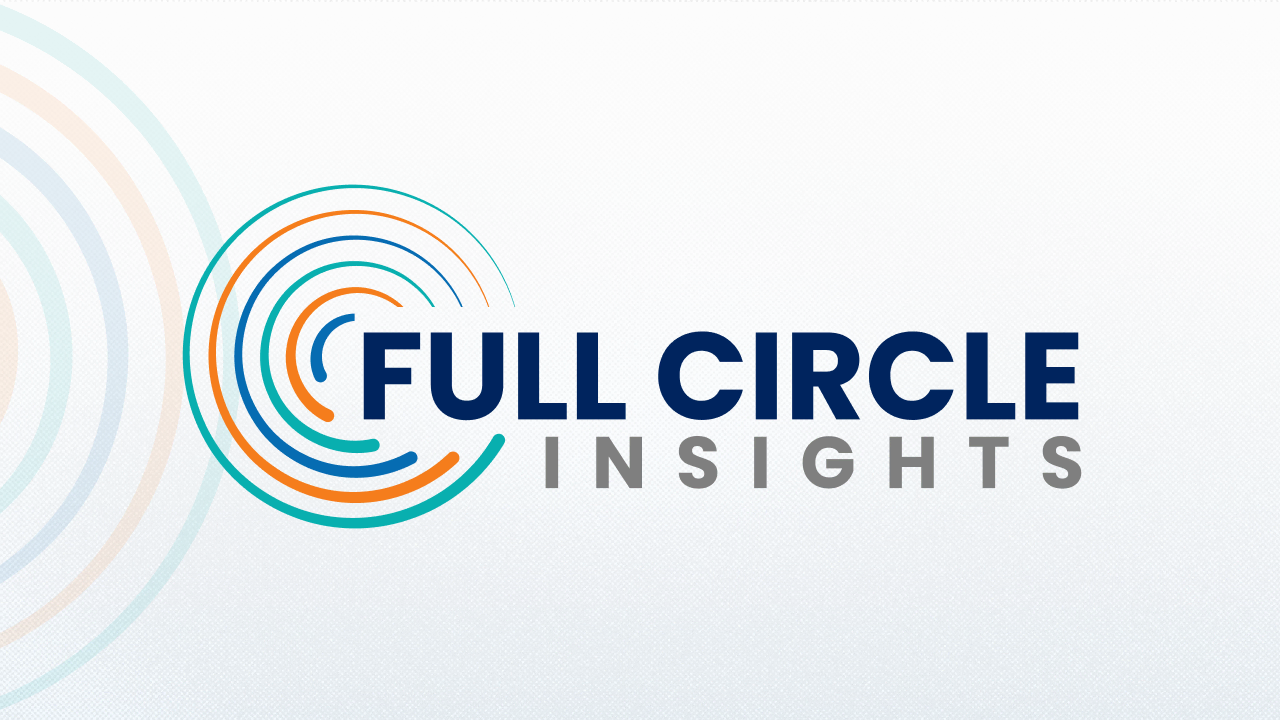The ABM Alignment Gap: Why Sales and Marketing Can’t Prove Impact (and How to Fix It in Salesforce)


ABM’s Biggest Promise—And Its Biggest Problem
Account-Based Marketing promises tight alignment between sales and marketing but in reality, that alignment often breaks down where it matters most: proving impact.
Marketing runs plays. Sales closes deals. But when it’s time to connect the dots in Salesforce, there’s a frustrating gap.
Why? Because most ABM programs don’t actually operate on a shared set of metrics, definitions, or funnel stages. And when sales and marketing aren’t on the same page in Salesforce, everyone’s flying blind.
The Real Cost of Misalignment
Let’s be real: misalignment isn’t just a buzzword problem, it’s a revenue problem. Here’s what it looks like in the wild:
- Leads get passed with no context → Sales ignores them.
- Opportunities get created → Marketing doesn’t get credit.
- ABM campaigns look successful → Until someone asks, “What did this actually drive?”
When teams can’t agree on what qualifies as engagement, how to define MQLs or SALs, or even what “good” looks like across the funnel… attribution falls apart.
Why Salesforce Isn’t the Problem, It’s the Process
Salesforce has the power to solve this, but only if you configure it for alignment.
The root issue? Most ABM strategies live in slides and spreadsheets. Meanwhile, Salesforce is stuck with generic lead objects, inconsistent campaign usage, and custom fields no one trusts.
To fix the attribution gap, you need to bring your ABM strategy into Salesforce, and that starts with three key things:
3 Ways to Fix the ABM Alignment Gap in Salesforce
1. Align on a Shared Funnel
Ditch the marketing-only funnel. Define shared stages like:
- MQA (Marketing Qualified Account)
- SAL (Sales Accepted Lead)
- SQO (Sales Qualified Opportunity)
And track progression in Salesforce using campaign member status fields and funnel dates.
🔥 Pro tip: Tools like Full Circle Funnel Metrics help operationalize this by mapping engagement to revenue across the full journey.
2. Use Campaigns the Right Way
Campaigns are the backbone of attribution in Salesforce but they’re often a mess. Clean up campaign member statuses, standardize how you track engagement (like demo requests or ABM touches), and use campaign hierarchies to roll up performance by initiative or tier.
Want to level it up? Track campaign member scores, try buying groups, velocity between stages, and influence on opportunities to get the full picture.
3. Measure What Matters to Both Teams
Forget vanity metrics. Focus on the conversion rate from Marketing Qualified Leads (MQL) to Sales Accepted Leads (SAL), deal velocity after an Account-Based Marketing (ABM) interaction, and revenue influenced by campaigns. When both teams can access the same dashboard, they can act faster and smarter.
Proving Impact Starts with Alignment
At the end of the day; proving ABM impact isn’t just a measurement issue, it’s a collaboration issue. When sales and marketing share goals, definitions, and data inside Salesforce, attribution becomes a team sport.
The good news? You don’t have to overhaul your stack, you just need to make Salesforce work smarter for your ABM strategy.
Want to see what aligned ABM really looks like in Salesforce?